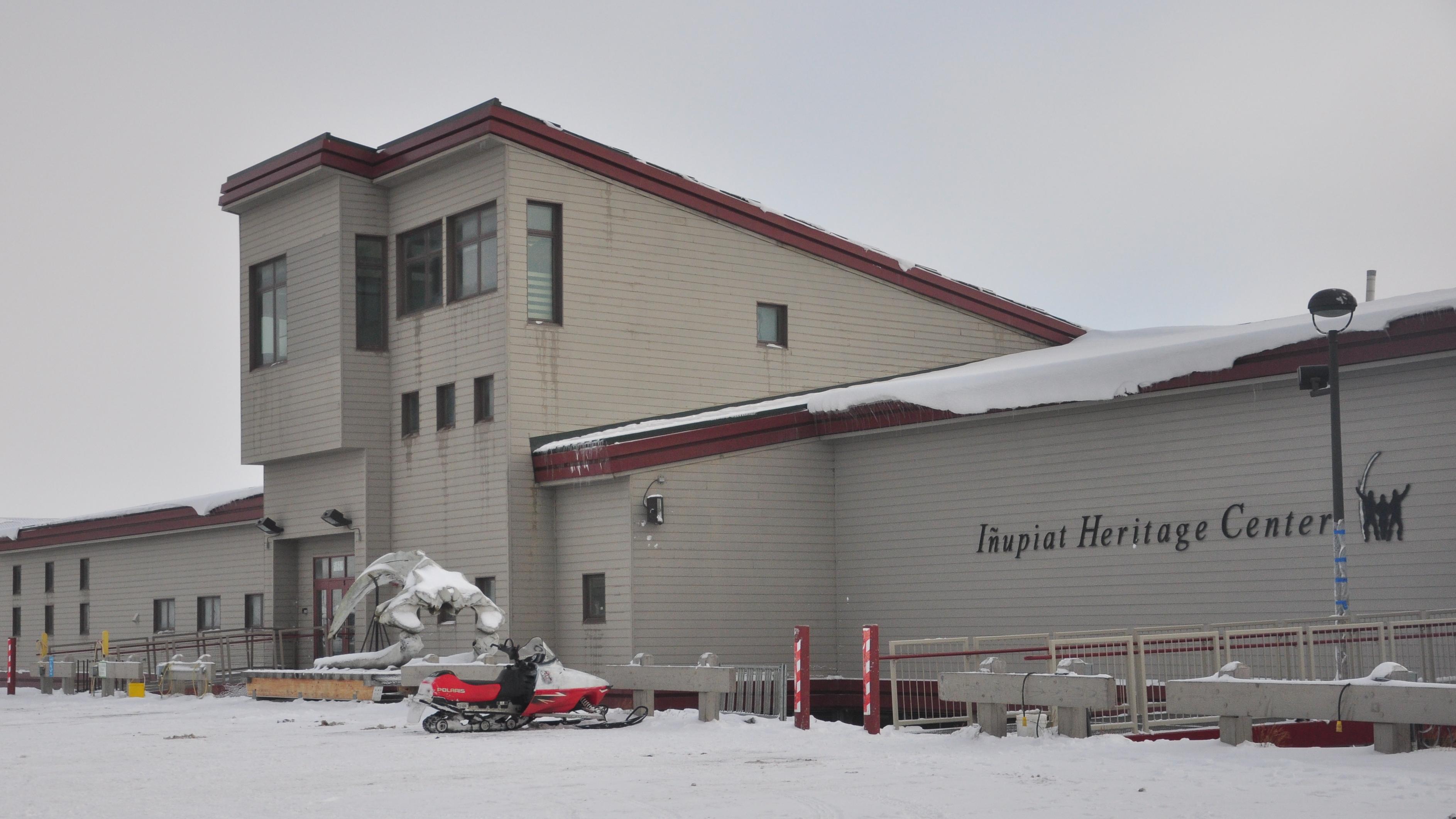Echoes of Time: Discovering Canyon de Chelly National Monument
Planning a visit? Check out the Canyon de Chelly National Monument page for visitor info, directions, and what to do when you get there.

Introduction
Canyon de Chelly National Monument, set amidst the vast arid landscapes of northeastern Arizona, is a park where history echoes off towering red rock cliffs and ancient stories resonate through secret canyons. An amalgamation of past and present, these sacred grounds serve as a testament to thousands of years of Native American civilization while being home to a thriving indigenous community today.
Historical/Cultural/Geological Background
Established as a national monument in 1931, Canyon de Chelly (pronounced d’Shay) protects significant archaeological resources spanning 5,000 years. The monument encompasses three major canyon systems: de Chelly, del Muerto and Monument - all cradling clues about bygone eras encapsulated within their sandstone walls.
The monument has served varying cultural purposes over centuries; from an ancestral stronghold for the Puebloan people who etched petroglyphs onto rocks telling tales of their daily life or their spiritual beliefs, to Navajo lands utilized for farming and raising livestock. Today it remains not only as an archaeological trove but as land still inhabited by Navajo families nurturing their rich traditions.
Geologically speaking, the towering rock formations are primarily made up of de Chelly Sandstone – indicative of an environment that once hosted massive sand dunes millions of years ago.
Activities Guide
Canyon de Chelly offers several enthralling activities. Start with self-guided hikes such as The White House Trail, an easy 2.5-mile round trip that takes you directly to a preserved Pueblo village. For areas not open for self-exploration, join Navajo-guided tours into the canyon - on foot, horseback or exhilarating 4-wheel drive tours.
The rim drives offer stunning panoramic views: North Rim Drive showcases ancient ruins and vistas like Antelope House Overlook while South Rim Drive offers the famous Spider Rock overlook amongst others.
Don’t miss the National Park Service’s interpretive programs highlighting native history, traditional crafts, flora and fauna of the region.
Visitor Information
The National Monument is open all year round. Park entrance is free, but guided tours are fee-based. The visitor center located at the entrance provides detailed maps, exhibits about cultural and natural history, restrooms and park rangers available for information.
You can camp at the privately managed Cottonwood Campground near the Visitor Center or explore nearby hotel options in Chinle. Note that picnicking is allowed only at designated sites.
Tips for Different Visitors
For outdoor enthusiasts: Be prepared with water, sunscreen and hats as it can get quite hot during summer months. Winter visitors should gear up for cold temperatures and potential snowfall.
Photography aficionados will find golden opportunities during early morning or evening hours when the light accentuates rock colors and formations.
History buffs: Make sure to choose guided tours which allow access to exclusive archaeological sites inaccessible otherwise.
Visitors with accessibility needs: While rugged trails may prove difficult to navigate, many overlooks are accessible via car along the rim drive routes making them wheelchair-friendly.
Regional Context
While in northeastern Arizona, consider extending your exploration to other wonders in its vicinity: Petrified Forest National Park’s multicolored wood fossils or Monument Valley’s dramatic sandstone buttes on Navajo Tribal lands are within reasonable driving distance from Canyon de Chelly.
Conclusion
Canyon de Chelly National Monument is not simply a place but an experience, a cultural immersion. It’s where man and nature have painted a mural across time - echoing stories of survival, spirituality and sheer resilience – against the grand canvas of mesmerizing landscapes.
FAQs
Q1: How do I explore deeper parts of the canyon?
Q2: What wildlife can be spotted in the monument?
Q3: Can we visit private dwellings within Canyon de Chelly?
Q4: Can I fly drones within the monument?
Q5: Are pets allowed on trails?
Tags
#CanyonDeChelly #NationalMonument #ArizonaTravel #HeritageTour #NativeAmericanCulture #OutdoorsArizona #NavajoNation #HistoricalLandmark
Frequently Asked Questions
What are the operating hours and admission fees for Canyon de Chelly National Monument?
Canyon de Chelly National Monument is typically open year-round, though specific hours may vary by season. Most national parks charge an entrance fee, but some sites are free to visit. Check the official NPS website for current hours and fee information.
How long should I plan for a visit to Canyon de Chelly National Monument?
A typical visit to Canyon de Chelly National Monument can range from a few hours to a full day, depending on your interests and the activities you choose. Allow extra time for hiking, photography, and exploring visitor centers.
What should I bring when visiting Canyon de Chelly National Monument?
Essential items include comfortable walking shoes, water, snacks, sunscreen, and weather-appropriate clothing. Bring a camera to capture the scenic views and consider binoculars for wildlife viewing.
What is the best time to visit Canyon de Chelly National Monument?
The best time to visit depends on your preferences and the activities you plan to enjoy. Spring and fall often offer pleasant weather and fewer crowds, while summer provides the longest daylight hours.
Is Canyon de Chelly National Monument accessible for visitors with mobility needs?
Many areas of Canyon de Chelly National Monument are accessible to visitors with mobility needs, including paved trails and accessible facilities. Contact the park directly for specific accessibility information and current conditions.


